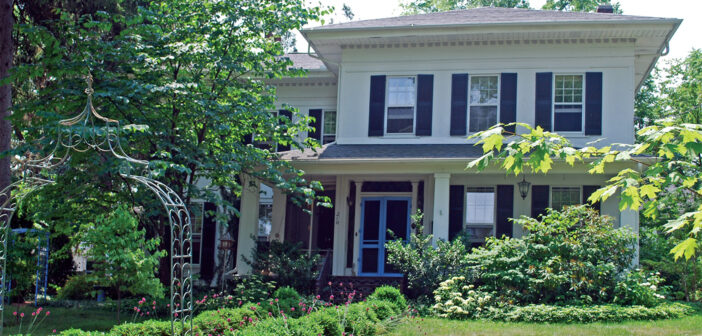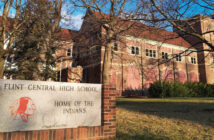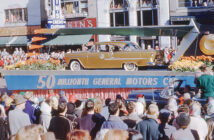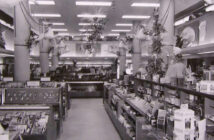The history of Greater Flint is steeped in relevance. We have seen titans of industry, great inventors, triumphs of commerce, heroes, villains, failure and renewal, and through it all stood our castles of time – the historic homes of Greater Flint.
If their walls could talk, the area’s oldest homes would give us nearly the full story, from the beginnings of our beloved cities and towns to today, including all the glory and heartache in between. That these homes continue to stand is a testament to our love of tradition and acknowledgment of our past. Here’s a look at five of Flint’s historic homes and how they came to be.
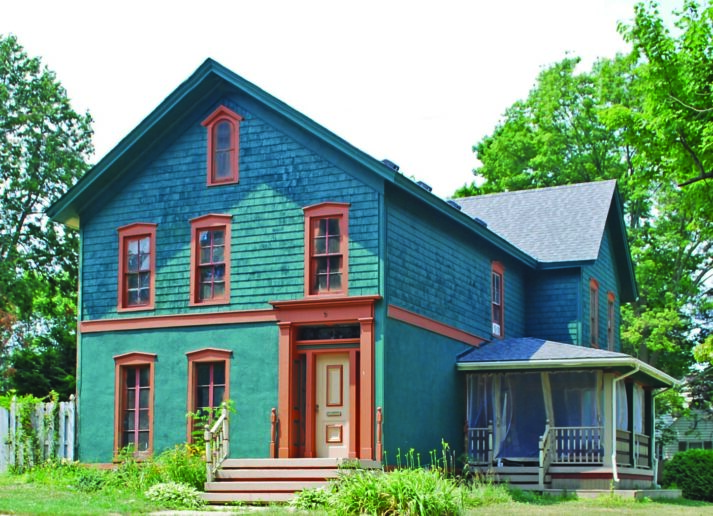
H. N. Jennings House
800 S. East St., Fenton
Built: 1868
Horatio N. Jennings had a dream when he ventured north from Ohio. His plan was to publish a newspaper in a town with a bright future. After stops in Royal Oak and Birmingham, Jennings met with a fellow publisher in Pontiac who told him that the town he was looking for was just a little further north, and named Fentonville. He arrived in Genesee County in 1867, founded the Fenton Independent and published the first issue on May 26, 1868. As he started his paper, he offered this statement to the Fentonville Community, “it is the intent of the publishers to make the Independent a newspaper which would do credit to the community and fairly represent the importance of a fast growing town.” The Independent was first published on the second floor of the building located on the corner of W. Shiawassee and S. Leroy Streets. The office moved to the Colwell building in 1879. In 1883, Jennings’ son took over the business until it was sold to Solomon Beach of Decatur in 1906. The paper continued under a variety of owners until 2002 – an amazing 134-years in operation. Soon after publishing his first issue, Jennings built this house on the southern side of town at 800 East St. in the area populated by other Fenton businessmen.
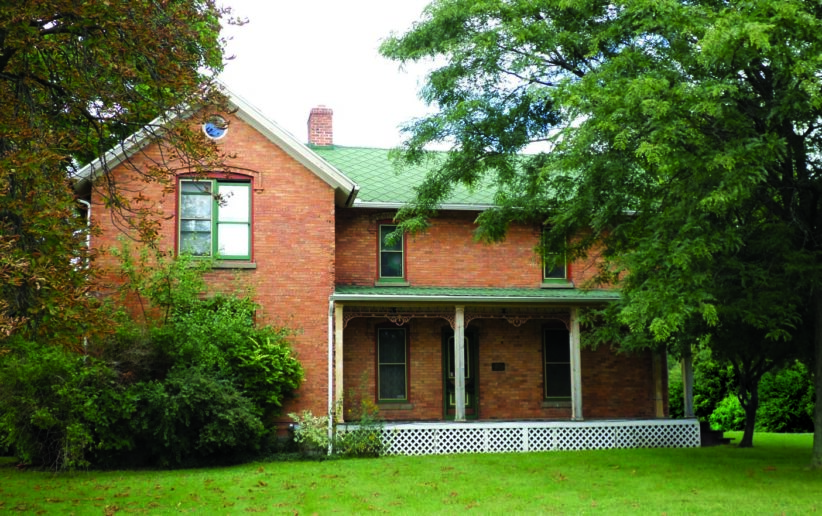
H. Elmer Thayer House
3202 Court St., Flint
Built: 1873-89
The house located at 3202 Court St. sits on land formerly owned by Flint founder, Jacob Smith. Smith was the first European settler in Genesee County and, as provided by the Treaty of 1819, was given wide tracts of land in and around the Flint River for himself and his family. He later deeded the land on Court St. to Petabonaqua, the daughter of his friend Col. Lewis Beaufait. The land was used for farming in the early settlement years and passed through the hands of socially prominent owners Stevens T. Mason (Michigan’s first governor) and Grant Decker (Flint’s first mayor). From 1873-89, the land passed through the hands of three owners, one of which built the house currently standing: George L. Utley, Henry Crow, and author E. R. Cookingham. In early 1890, the home was purchased by H. Elmer Thayer. The Thayer Family came to Genesee County from New York and made a positive impact in the areas of construction, laws and governance. H. Elmer Thayer worked as Flint Township Supervisor from 1893-1902 during which time he helped advance the efficiency of Genesee County government.
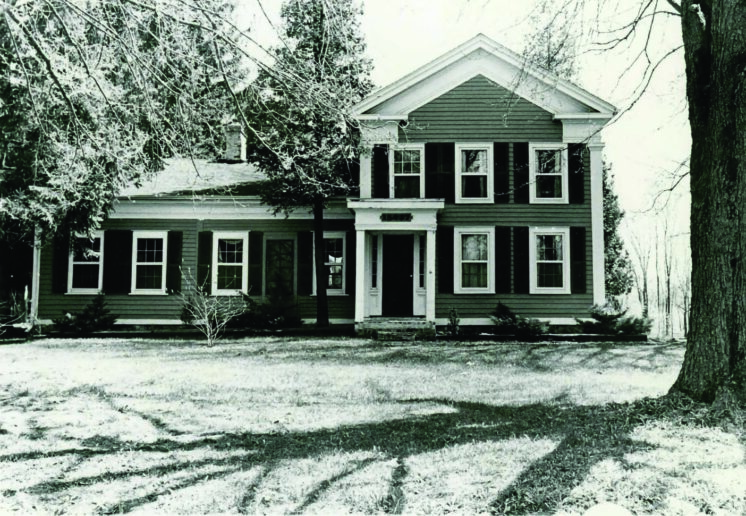
William Henry and Lucinda McCaslin House
15237 McCaslin Lake Rd., Linden
Built: 1861
One of Genesee County’s first pioneers, William Henry McCaslin was born in Cork County, Ireland and came to Michigan in 1838. He purchased and settled a wide swath of land in Linden near the lake which bears his name. He began construction of his house in the early 1850s but tragically, never lived to see it completed. In 1858, McCaslin fell from the top of his barn and died from his injuries. His widow, Lucinda, contacted local contractor Dick Gibbons to finish the construction for $1,000 (nearly $35,000 today). The home was finished in 1861 and occupied by Lucinda until her death.
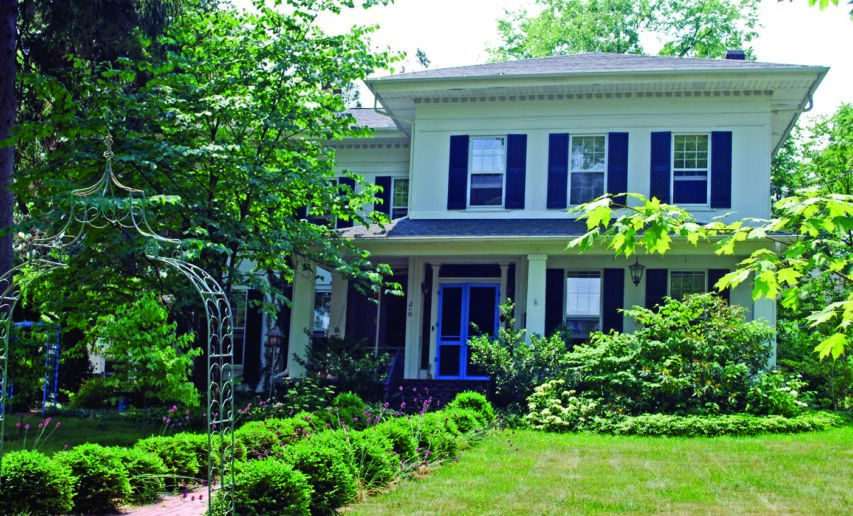
Major J. Hinckley House
210 High St., Fenton
Built: 1868
Built by Major. J. Hinckley in 1868, this dwelling was home to a bevy of Fenton’s most successful businessmen and socialites. Major J. Hinckley came to Summit County, MI in 1844 and joined the Civil War where he fought in the 8th Michigan Infantry. After the war, Hinckley worked as a schoolteacher. Industrialist A. J. Phillips next occupied the home. Phillips owned a factory that produced snow shovels, ironing boards, windows, doors, and pumps. He built his office in Fenton in 1900 and when he died in 1904, left the building to be used as a library. Today, the office building, located at 310 S. Leroy St., operates as the A. J. Phillips Fenton Museum. After Phillips, the home was occupied by merchant Brent Birdsall, Robert Van Stone, and then First National Bank of Fenton Founder, David Latourette. Latourette dabbled in just about anything and everything from the growth of flax and manufacture of linseed oil, to the building of town roads. He was very active in religion and the church and worked to establish the Fenton Seminary school (now demolished). The home continued to pass hands and in the late 1920s was owned by Aetna Cement Co. President, Earl Bunce.
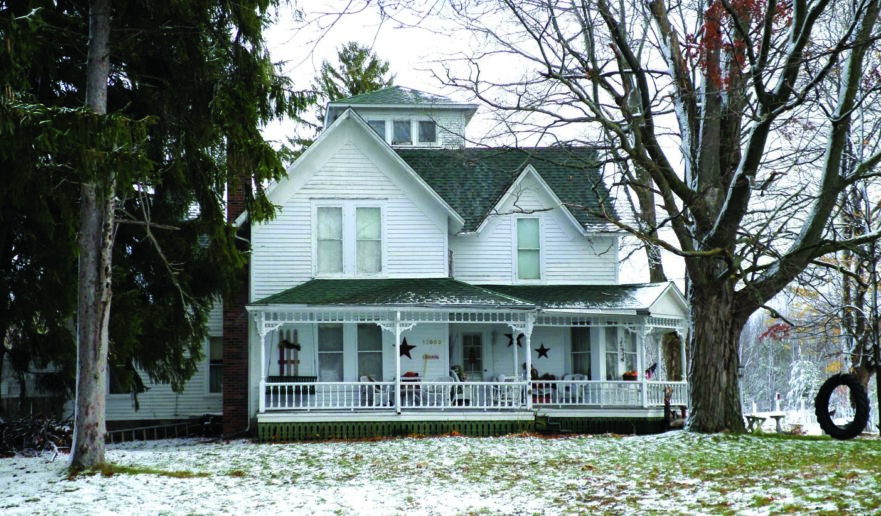
Harry C. Tinker House
12030 Lewis Rd., Clio
Built: Circa 1890
Built by Harry C. Tinker in the early 1890s, the house at 12030 Lewis Rd. in Clio was used as a business office and residence for the son of one of Pine Run’s founding citizens. William Tinker and his son, William Tinker Jr., moved up from Ohio to settle in Genesee County in 1865. Having settled themselves in Vienna Township at the village of Pine Run, the Tinkers immediately established a machine shop and also worked as blacksmiths. The Tinkers had made a name for themselves in Ohio by inventing and manufacturing machinery for threshing and mowing and brought those skills to the county. They also dabbled in machinery repair and manufactured steam engines for the booming local lumber industry. In 1889, William Sr. passed away, leaving William Jr. to run the company which he did until 1915 when a fire destroyed the machinist shop. During his time in operation, William Jr. purchased a cider mill and also manufactured cheese boxes and potato crates. William Jr. also operated as Pine Run’s school director for nearly 20 years. His son, Harry C. Tinker, avoided the family business and embraced a different type of technology. He was interested in the new and spreading telephone systems that were starting throughout the country. He built the house at 12030 Lewis Rd. in 1890 as both a home and an office and started the area’s first telephone system. He ran the telephone company until 1921 when he sold it to W. B. Serviss.

